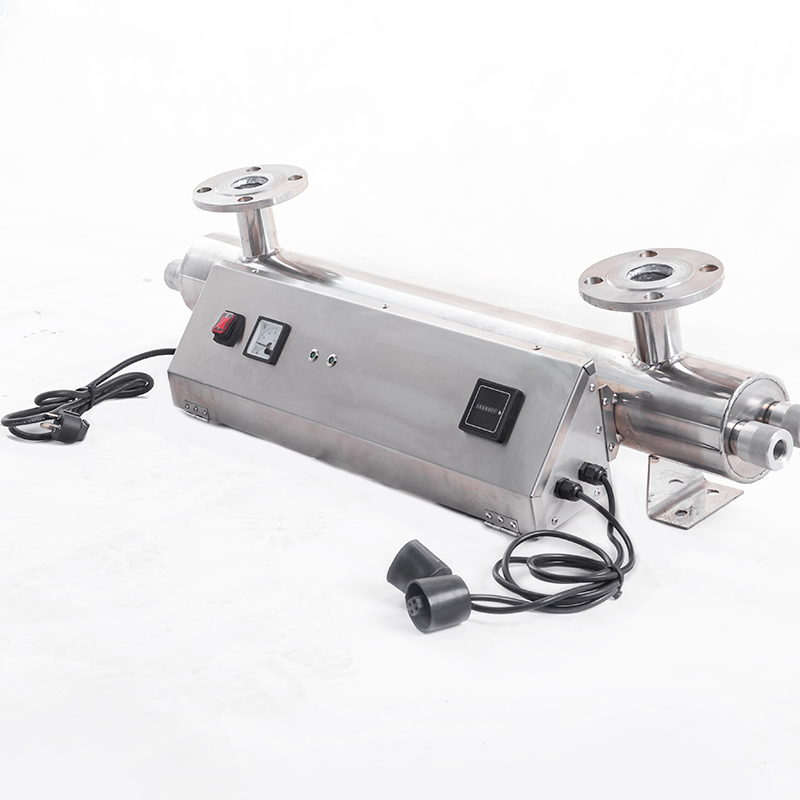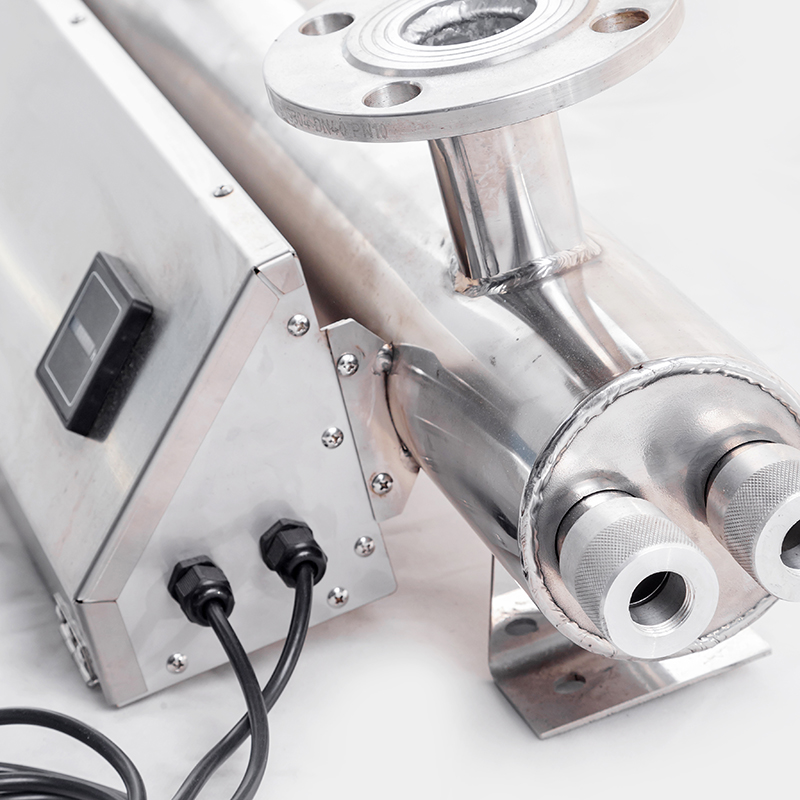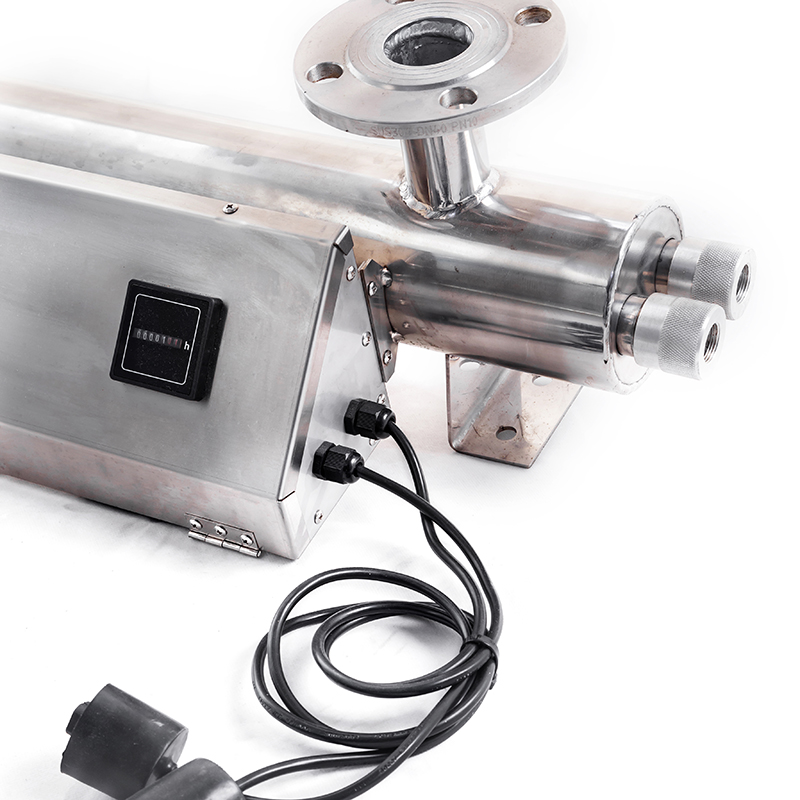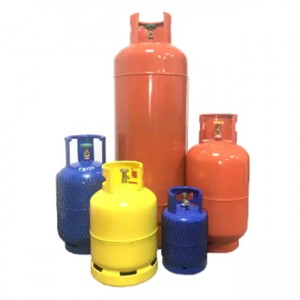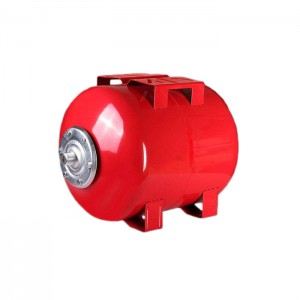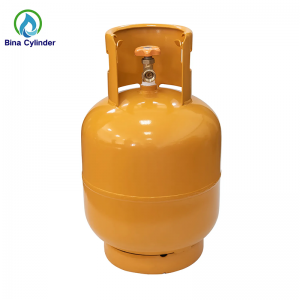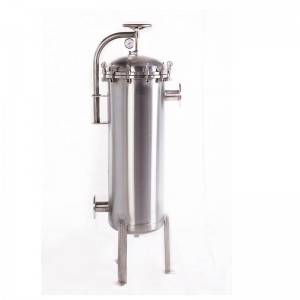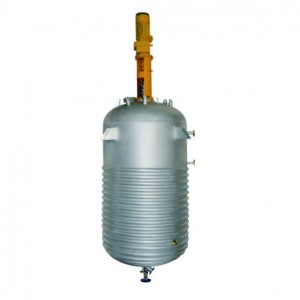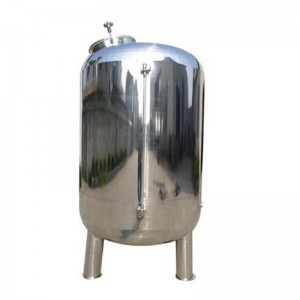VIDEO
Specification
|
UV Sterilizer |
|
||||
|
Item NO.&Spec. |
Inlet / Outlet |
Lamp*No. |
m3/H |
Dia*length(mm) |
Watt |
|
900mm length |
|
|
|
|
|
|
LT-UV-75 |
DN65 |
75W*1 |
5 |
89*900 |
75W |
|
LT-UV-150 |
DN80 |
75W*2 |
5-10 |
108*900 |
150W |
|
LT-UV-225 |
DN100 |
75W*3 |
15-20 |
133*900 |
225W |
|
LT-UV-300 |
DN125 |
75W*4 |
20-25 |
159*900 |
300W |
|
LT-UV-375 |
DN125 |
75W*5 |
30-35 |
159*900 |
375W |
|
LT-UV-450 |
DN150 |
75W*6 |
40-45 |
219*900 |
450W |
|
LT-UV-525 |
DN150 |
75W*7 |
45-50 |
219*900 |
525W |
|
LT-UV-600 |
DN150 |
75W*6 |
50-55 |
219*900 |
600W |
|
1200mm length |
|
|
|
|
|
|
LT-UV-100 |
DN65 |
100W*1 |
5-10 |
89*1200 |
100W |
|
JLT-UV-200 |
DN80 |
100W*2 |
15-20 |
108*1200 |
200W |
|
LT-UV-300 |
DN100 |
100W*3 |
20-30 |
133*1200 |
300W |
|
LT-UV-400 |
DN125 |
100W*4 |
30-40 |
159*1200 |
400W |
|
LT-UV-500 |
DN125 |
100W*5 |
40-50 |
159*1200 |
500W |
|
LT-UV-600 |
DN150 |
100W*6 |
50-60 |
219*1200 |
600W |
|
LT-UV-700 |
DN150 |
100W*7 |
60-70 |
219*1200 |
700W |
|
LT-UV-800 |
DN150 |
100W*8 |
70-80 |
219*1200 |
800W |
|
1600mm length |
|
|
|
|
|
|
LT-UV-150 |
DN65 |
150W*1 |
8-15 |
89*1600 |
150W |
|
LT-UV-150 |
DN65 |
150W*1 |
8-15 |
89*1600 |
150W |
|
LT-UV-300 |
DN80 |
150W*2 |
20-25 |
108*1600 |
300W |
|
LT-UV-450 |
DN100 |
150W*3 |
35-40 |
133*1600 |
450W |
|
LT-UV-600 |
DN125 |
150W*4 |
50-60 |
159*1600 |
600W |
|
LT-UV-750 |
DN125 |
150W*5 |
60-70 |
159*1600 |
750W |
|
LT-UV-900 |
DN150 |
150W*6 |
70-80 |
273*1600 |
900W |
|
LT-UV-1050 |
DN200 |
150W*7 |
80-100 |
219*1600 |
1050W |
|
LT-UV-1200 |
DN200 |
150W*8 |
100-110 |
219*1600 |
1200W |
|
LT-UV-1350 |
DN200 |
150W*9 |
100-120 |
273*1600 |
1350W |
|
LT-UV-1500 |
DN200 |
150W*10 |
100-140 |
273*1600 |
1500W |
|
LT-UV-1650 |
DN200 |
150W*11 |
100-145 |
273*1600 |
1650W |
|
LT-UV-1800 |
DN200 |
150W*12 |
100-150 |
273*1600 |
1800W |
|
LT-UV-1950 |
DN200 |
150W*13 |
100-165 |
273*1600 |
1950W |
product display
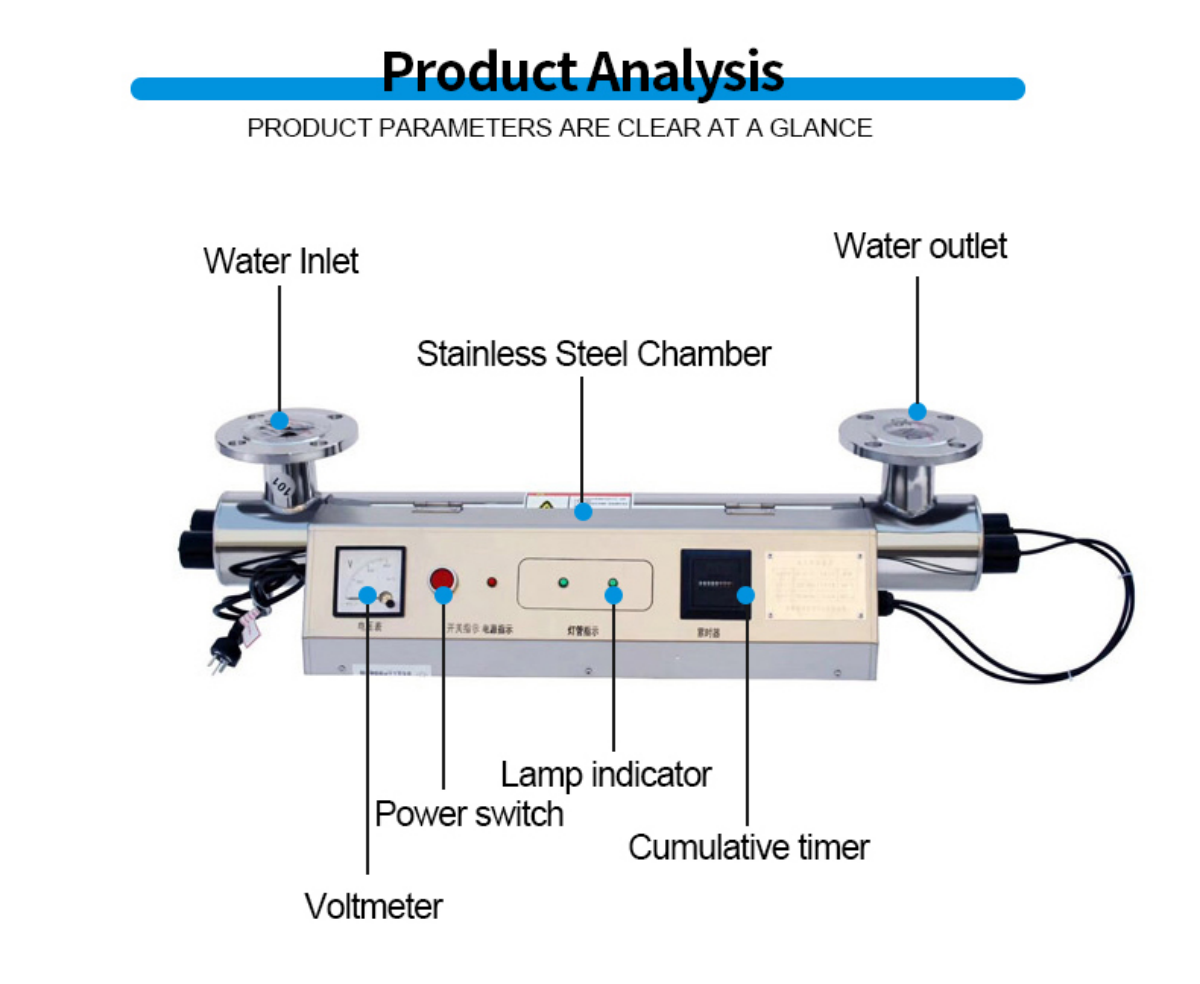
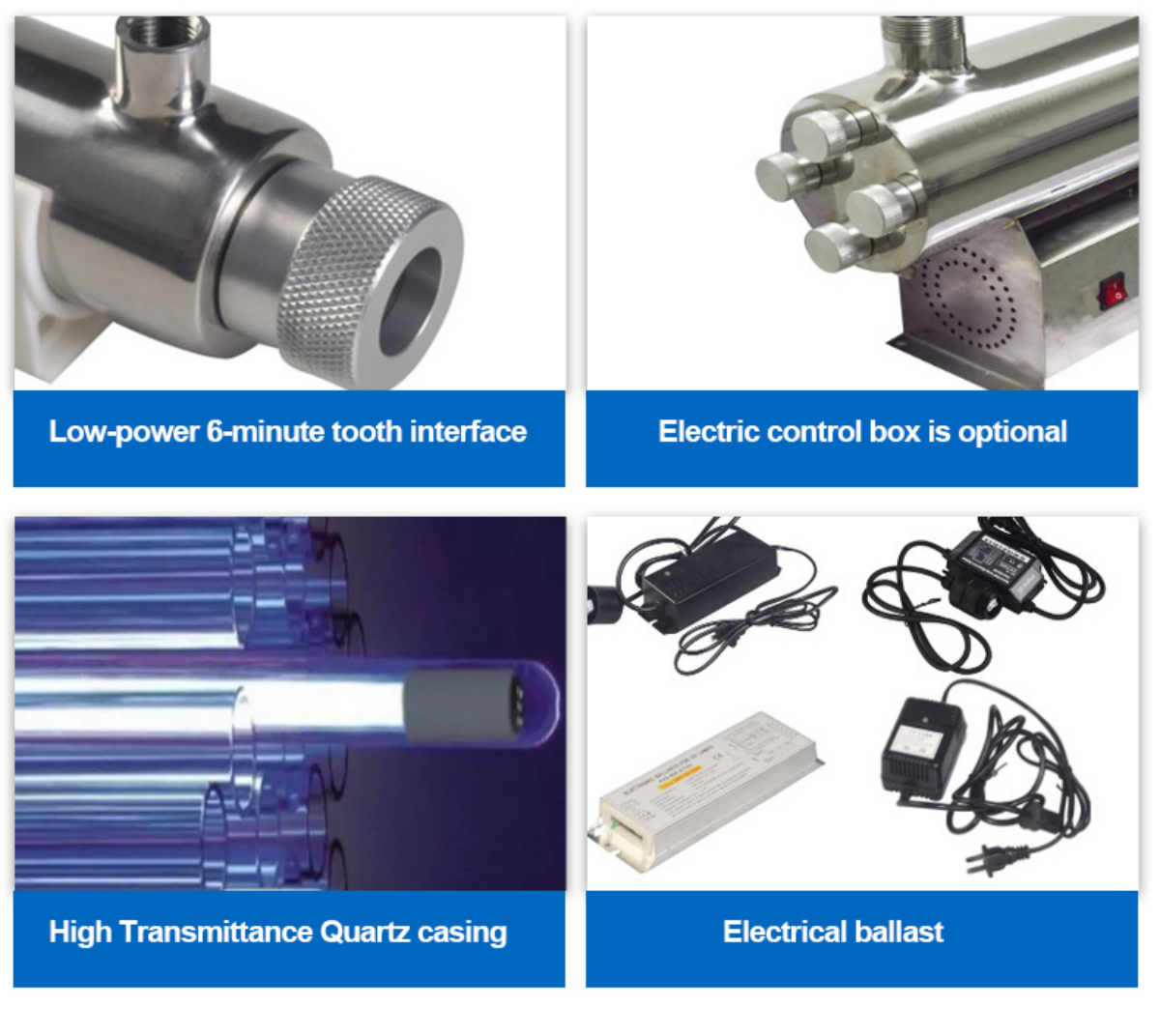
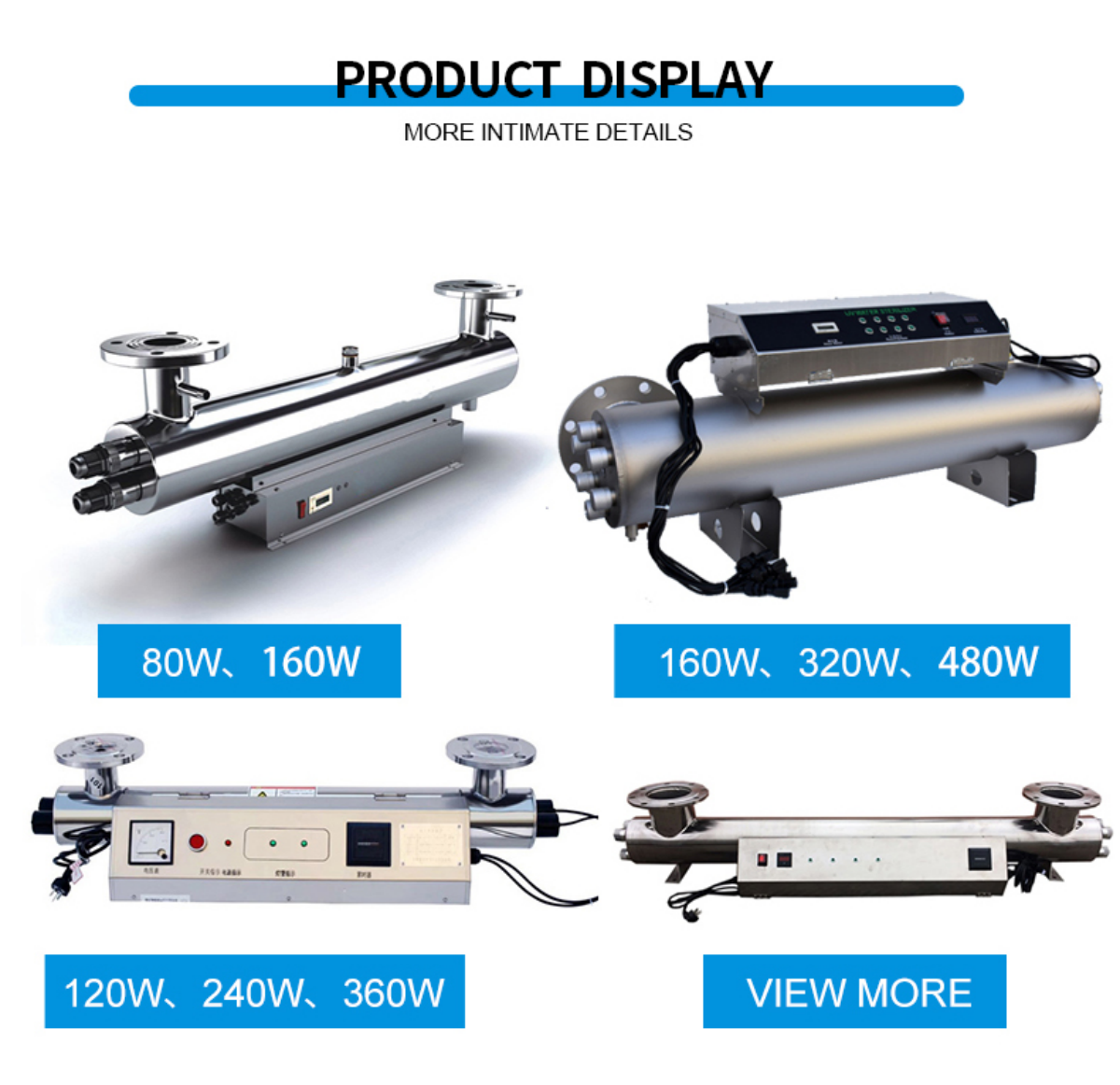
Product application
1. Disinfect water for seawater and freshwater aquaculture (fish, eel, shrimp, shellfish, etc.).
2. Disinfection of water bodies in the food processing industry, including water equipment for juice, milk, beverages, beer, edible oil, and various canned and cold beverage products.
3. Disinfection of water used in hospitals and various laboratories, as well as disinfection of high content pathogenic wastewater.
4. Disinfection of domestic water, including residential areas, office buildings, water plants, hotels and restaurants, etc.
5. Disinfection of cooling water used in the production of biochemical pharmaceuticals and cosmetics.
6. Disinfect swimming pools and water entertainment facilities with water.
Features and advantages
1. Can quickly and effectively kill various bacteria, viruses, and other microorganisms;
2. Through photolysis, it can effectively degrade chlorides in water;
3. Simple operation and convenient maintenance;
4. Small footprint and large water treatment capacity;
5. No pollution, strong environmental friendliness, and no toxic side effects;
6. Low investment cost, low operating costs, and convenient equipment installation;
7. Using optical principles, a unique inner wall treatment process has been designed to maximize the utilization of ultraviolet radiation within the cavity, thereby doubling the bactericidal effect
Routine maintenance
1. It is strictly prohibited to frequently start the ultraviolet sterilizer, especially in a short period of time, to ensure the lifespan of the ultraviolet lamp tube.
2. Regular cleaning of ultraviolet disinfectors: According to the water quality, ultraviolet lamp tubes and quartz glass sleeves need to be cleaned regularly. Use alcohol cotton balls or gauze to wipe the lamp tubes, remove dirt from the quartz glass sleeves, and wipe them clean to avoid affecting the transmittance of ultraviolet rays and affecting the sterilization effect.
3. When replacing a light tube, first unplug the power socket of the light tube, pull out the light tube, and then carefully insert the cleaned new light tube into the sterilizer, install the sealing ring, check for any water leakage, and then plug in the power supply. Be careful not to touch the quartz glass of the new lamp tube with your fingers, as contamination may affect the sterilization effect.
4. Prevention of ultraviolet radiation: Ultraviolet rays have a strong killing effect on bacteria and can also cause certain harm to the human body. When starting a disinfection lamp, direct exposure to the human body should be avoided. If necessary, protective glasses can be used, and the light source should not be directly looked at with the eyes to avoid burning the eye film.


